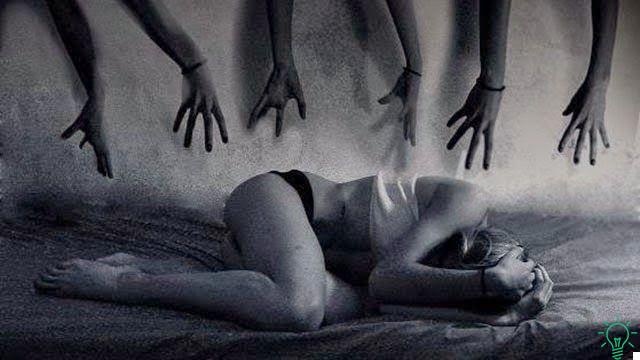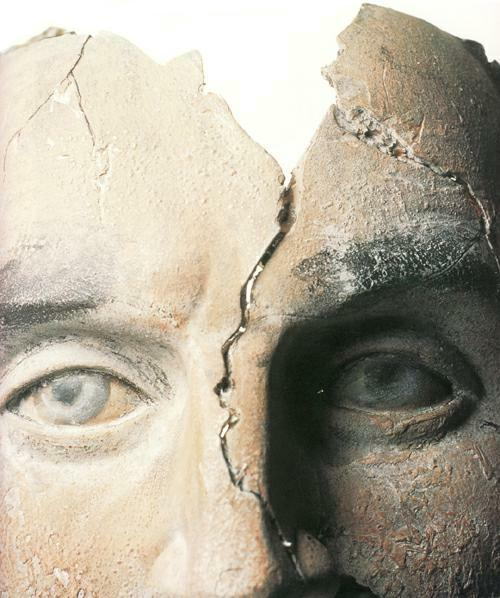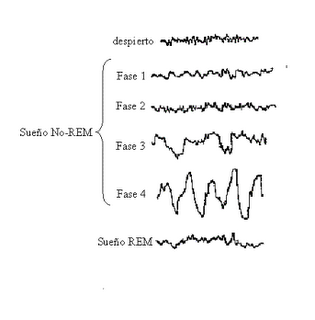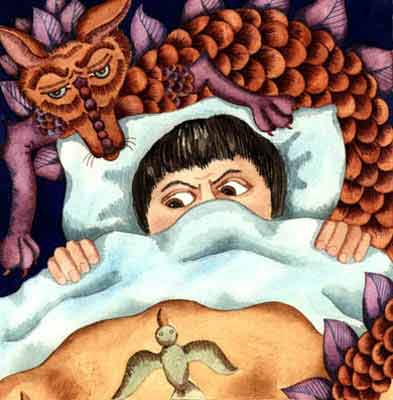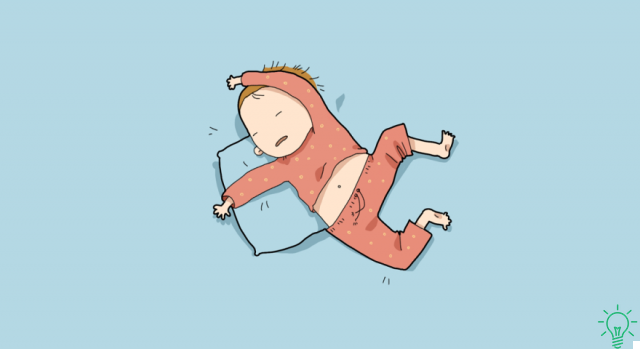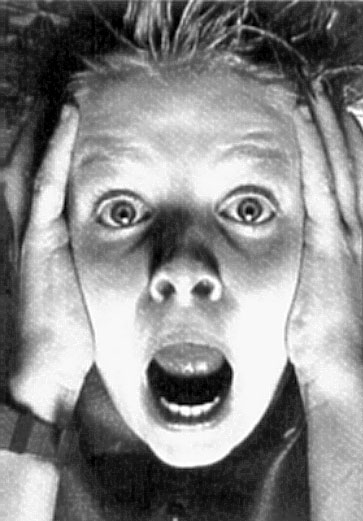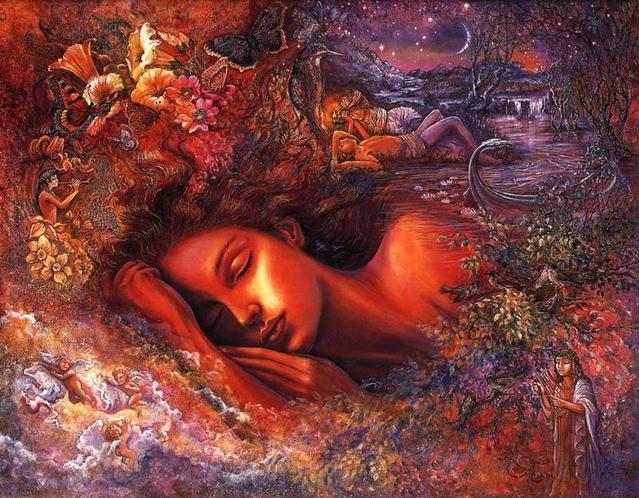
Each night we enter the world of dreams and then, when we wake up, we worry about the occult meanings of our dream experiences. This concern for the "real" meaning of the content of dreams is very old, just remember that during the Roman era many dreams were narrated in the Senate to try to give it a premonitory interpretation. However, beyond the possible meanings of the dream, there is another equally curious world of which we present short excerpts: -To dream it is not necessary to be asleep. There is what is called lucid sleep, something between sleep and wakefulness when the person realizes that he is dreaming. This state creates different electrical activation patterns in the brain that are similar to the patterns produced in psychotic conditions, such as schizophrenia. - There are people who suffer from "somniphobia" or fear of sleeping. As the name indicates, it is an unjustified fear of sleeping for the fear that something negative could happen to him during sleep. These people often have panic attacks at the thought of having to go to bed and this disorder can cause serious damage to their health. - We forget 90% of dreams. Five minutes after waking up we forget 50% of dreams, ten minutes later the remaining 40%. Thus, before starting the day we only remember 10% of the content of our dreams. - Most people dream in color but… young people dream of brighter and brighter colors than adults and the elderly and there is even an entire generation that dreams in black and white. However, in the total of our dreams 12% happens in black and white. - People who are blind from birth do not visualize any kind of scene during their dreams, but other senses such as hearing or touch participate in their dream experiences. - 70% of women and 65% of men have recurring dreams. Some of them are positive but the vast majority are nightmares as they generally symbolically represent an unresolved conflict that appears multiple times in the content of our dreams. Once the solution to the conflict is found, the nightmares cease. - The eyes during dream experiences move faster, it is the so-called REM sleep, which in normal adults occupies between 20 and 25% of total sleep, around 90-120 minutes. During REM sleep, the body is paralyzed by the brain to prevent the possible sudden movements that could occur in this phase and which could cause physical damage. - Even if we are asleep we can be influenced by some external stimuli in order to include them in the content of our dreams. - Men and women often dream of different kinds of dream content. Males normally interact with other people of the same sex and present more aggressive emotions while in female dreams both sexes are often involved and very violent contents are not highlighted.






